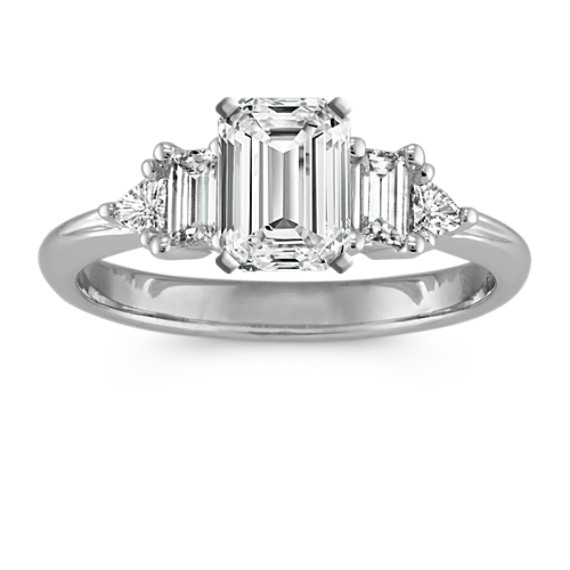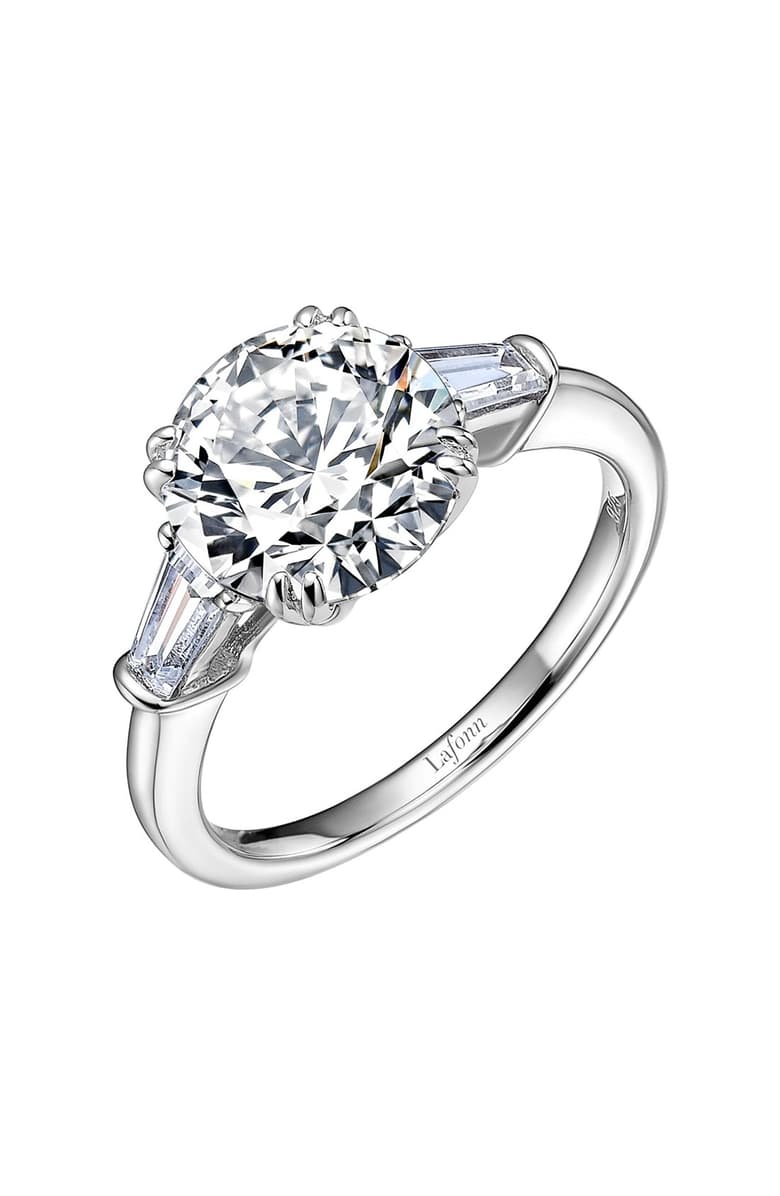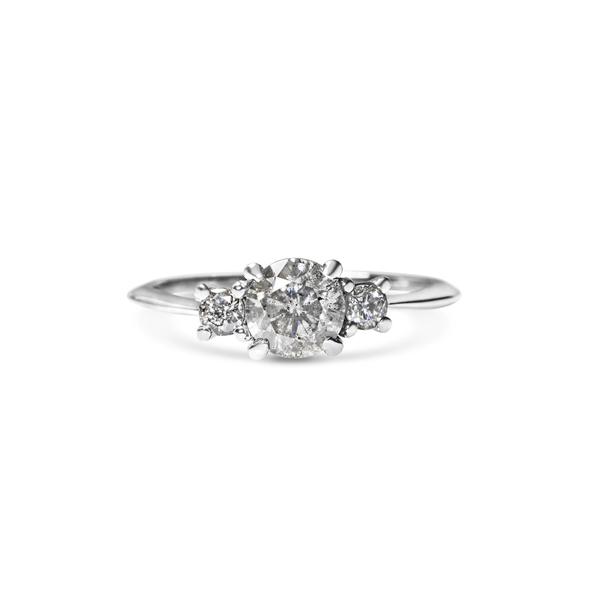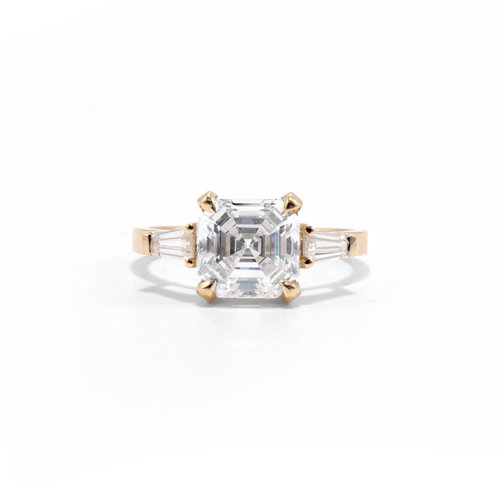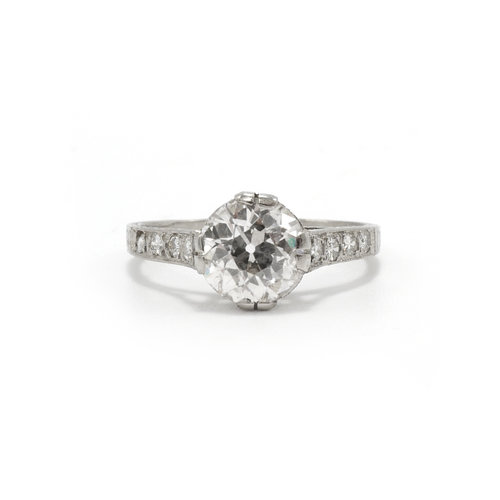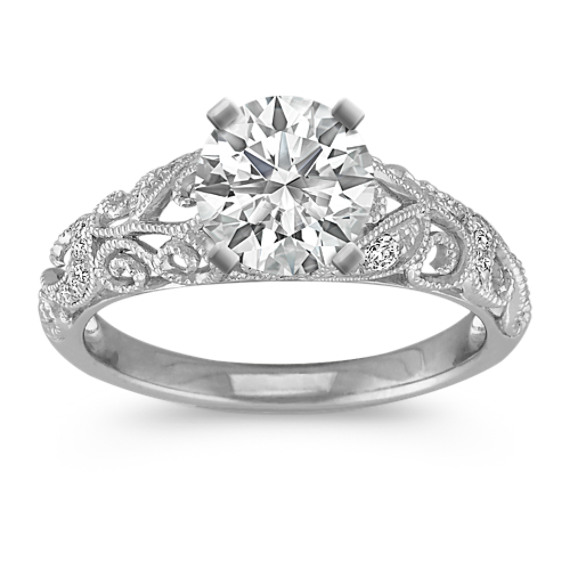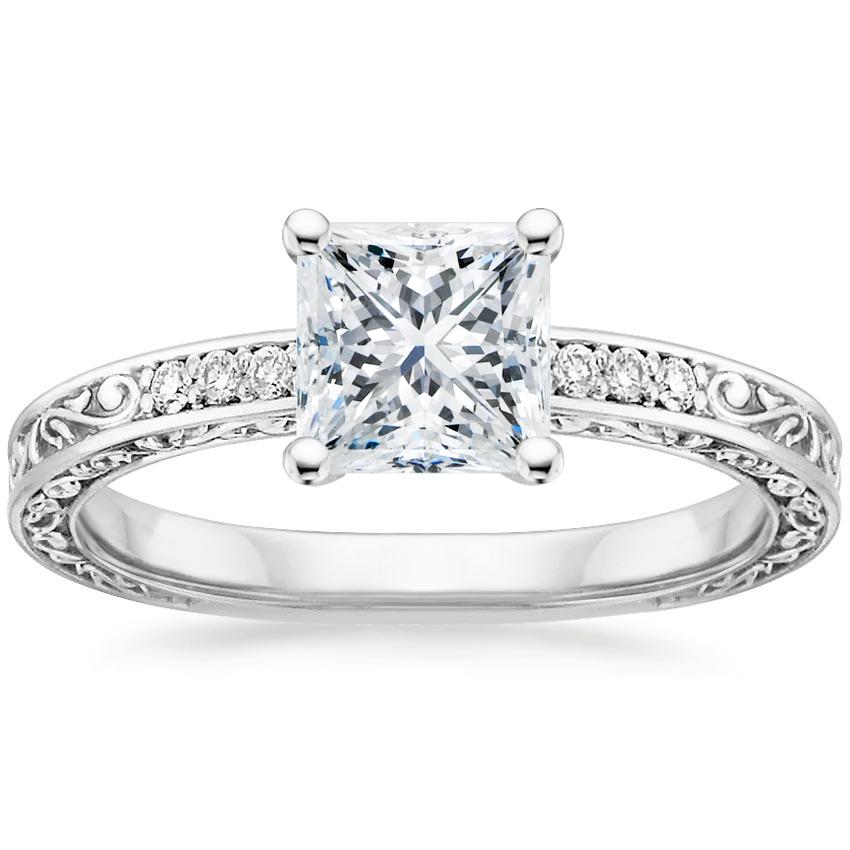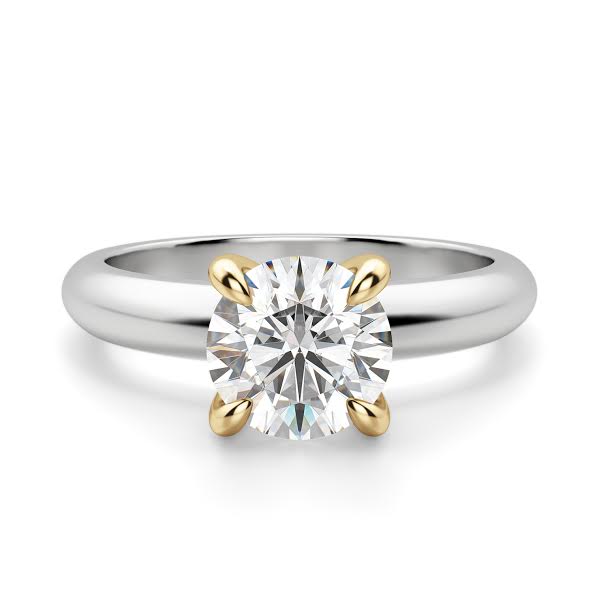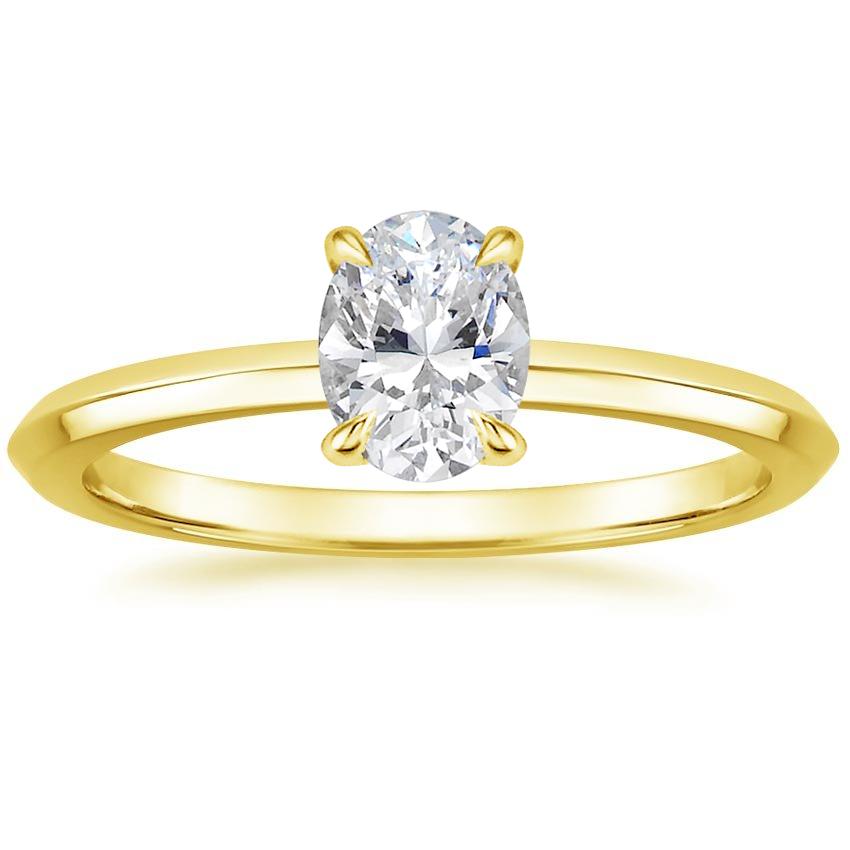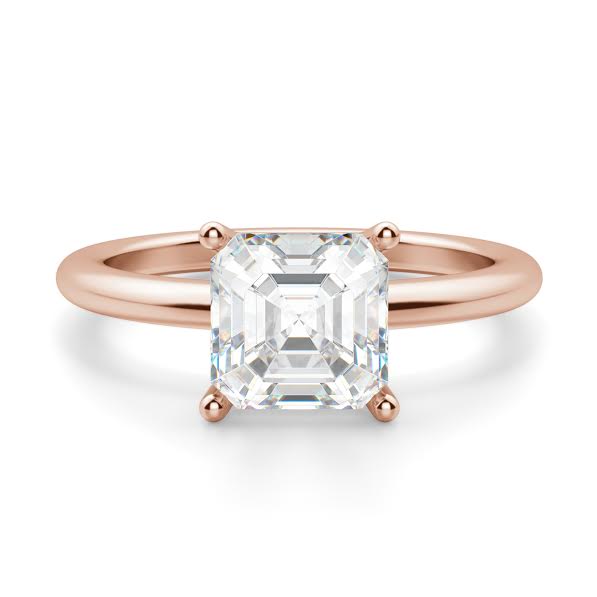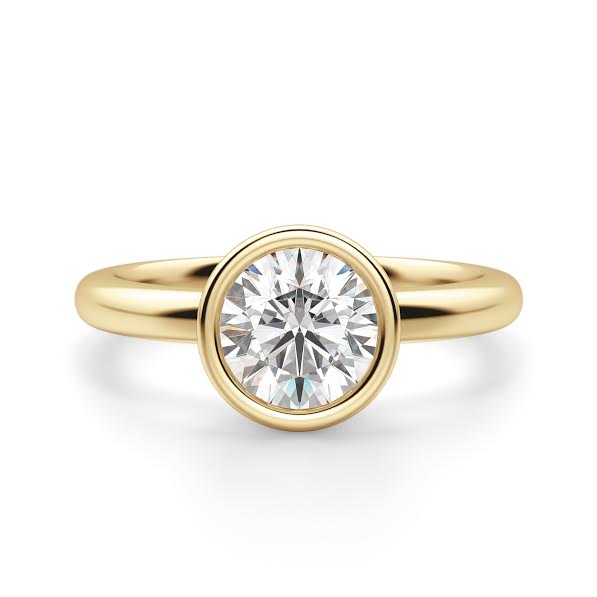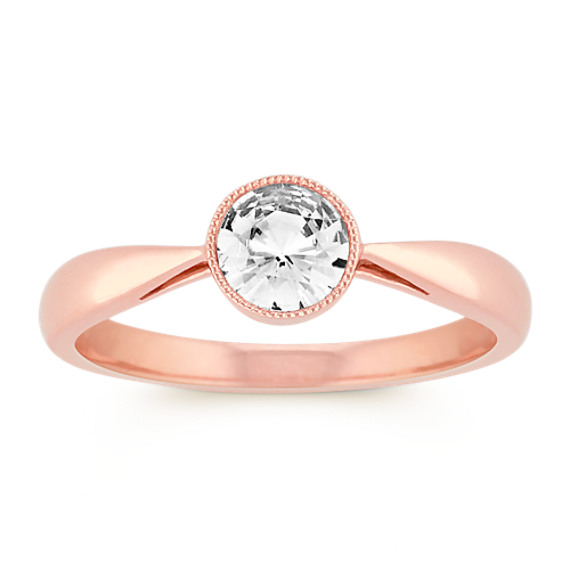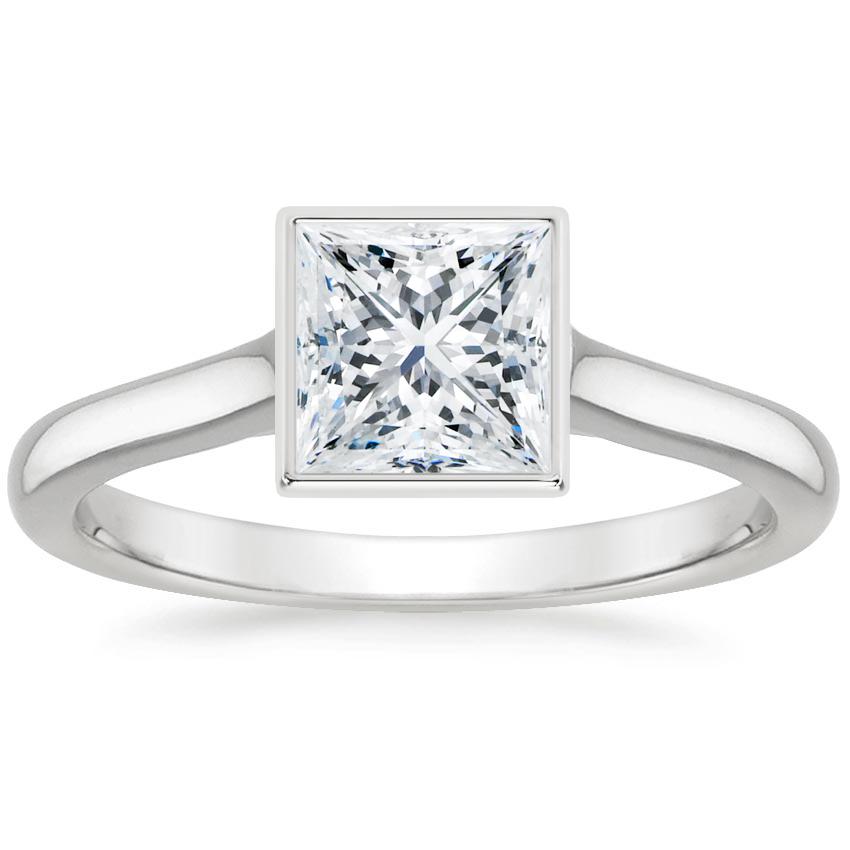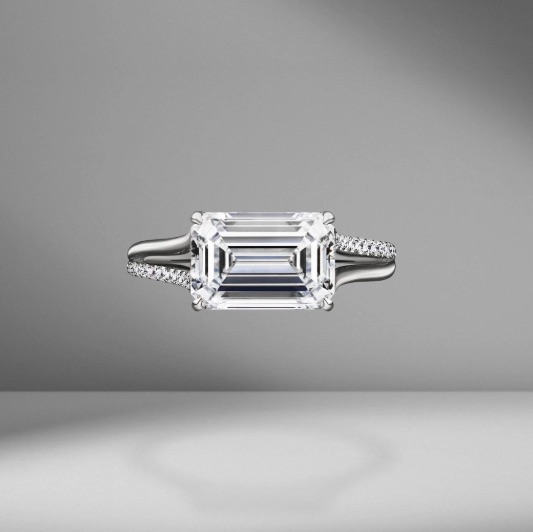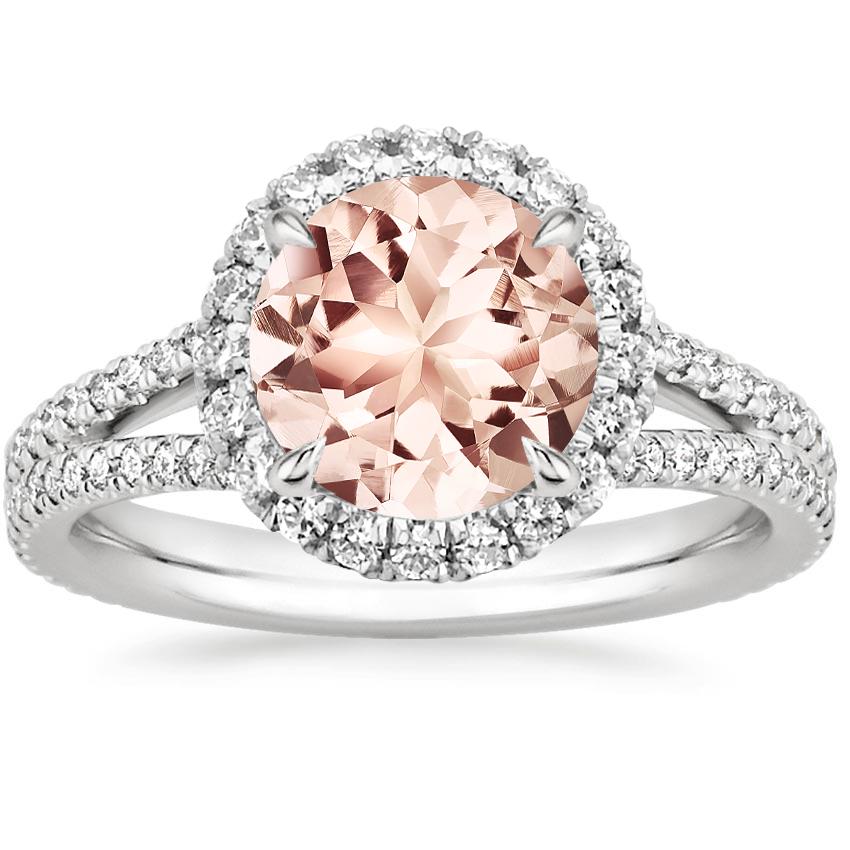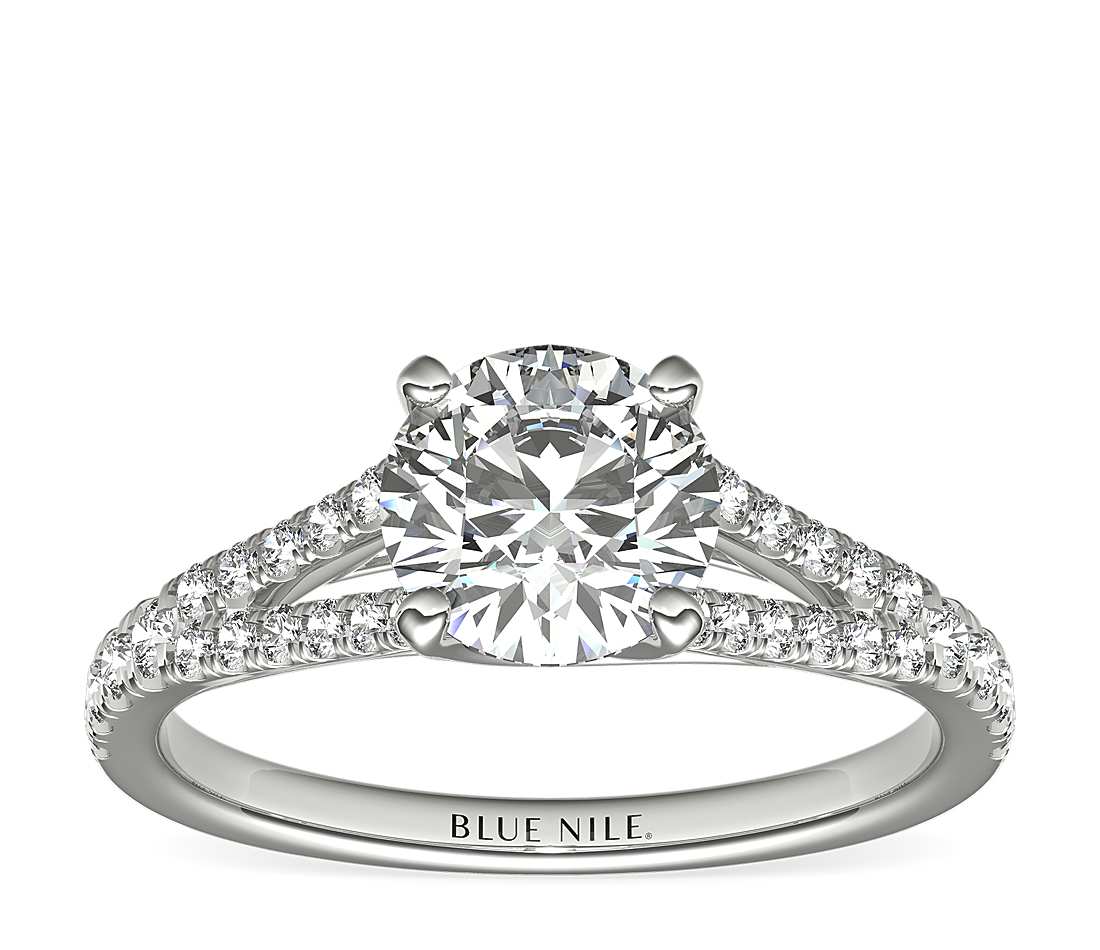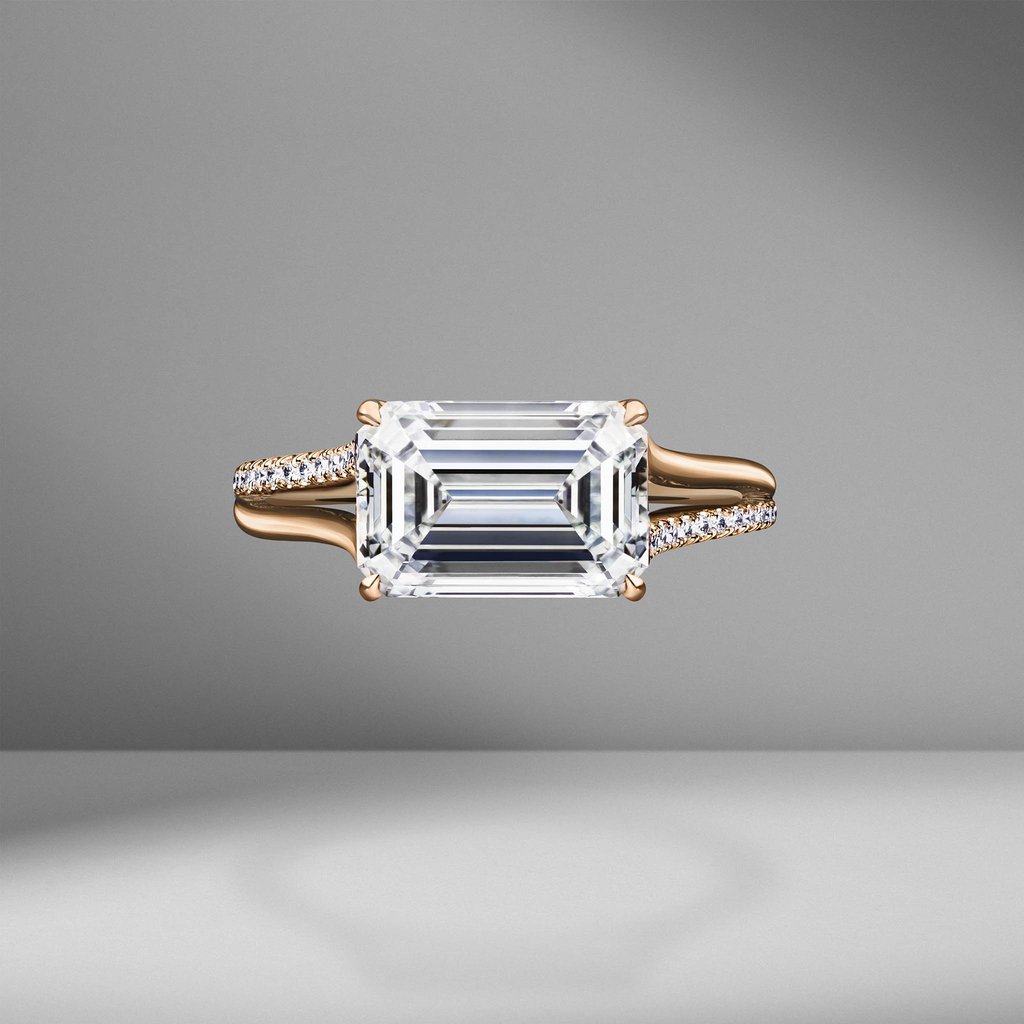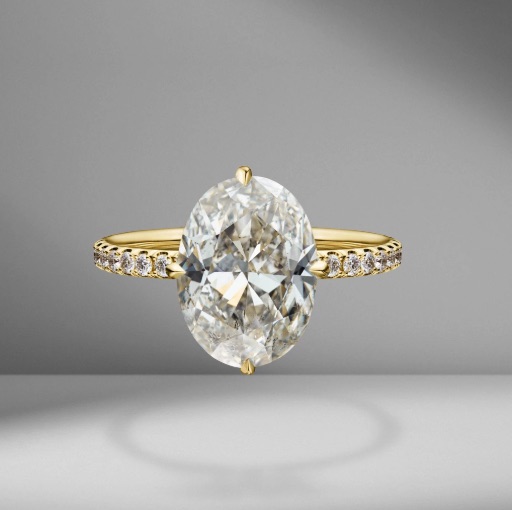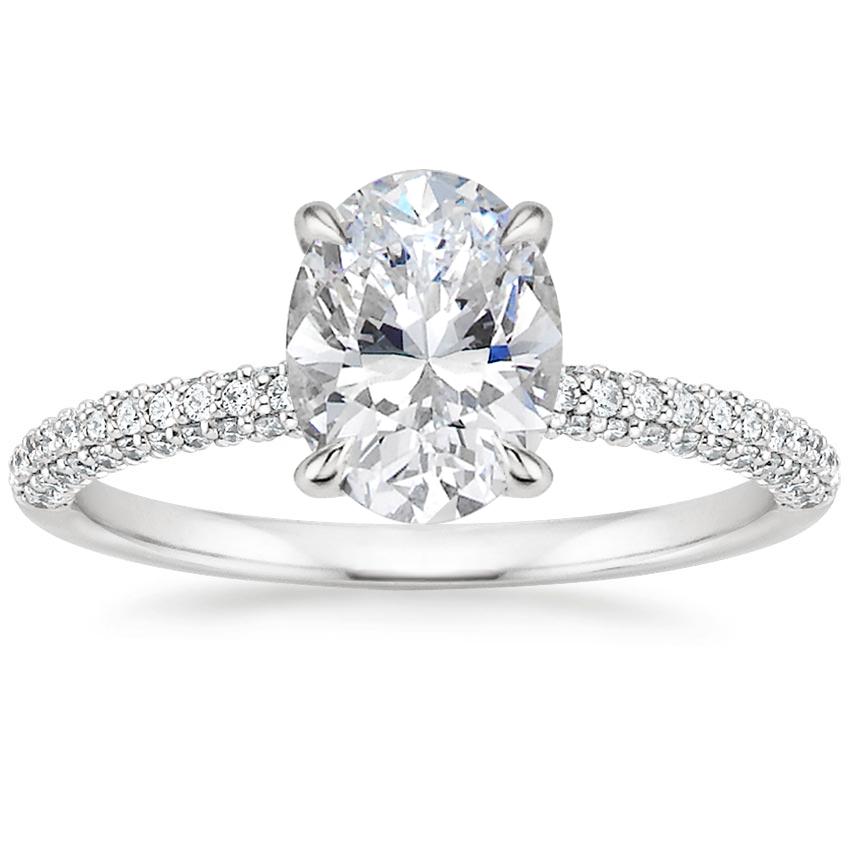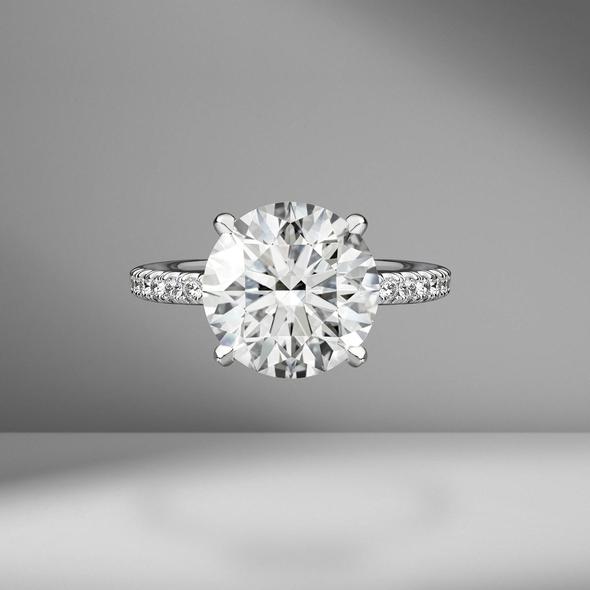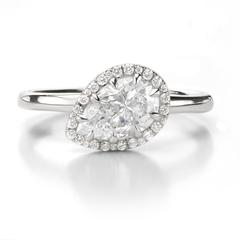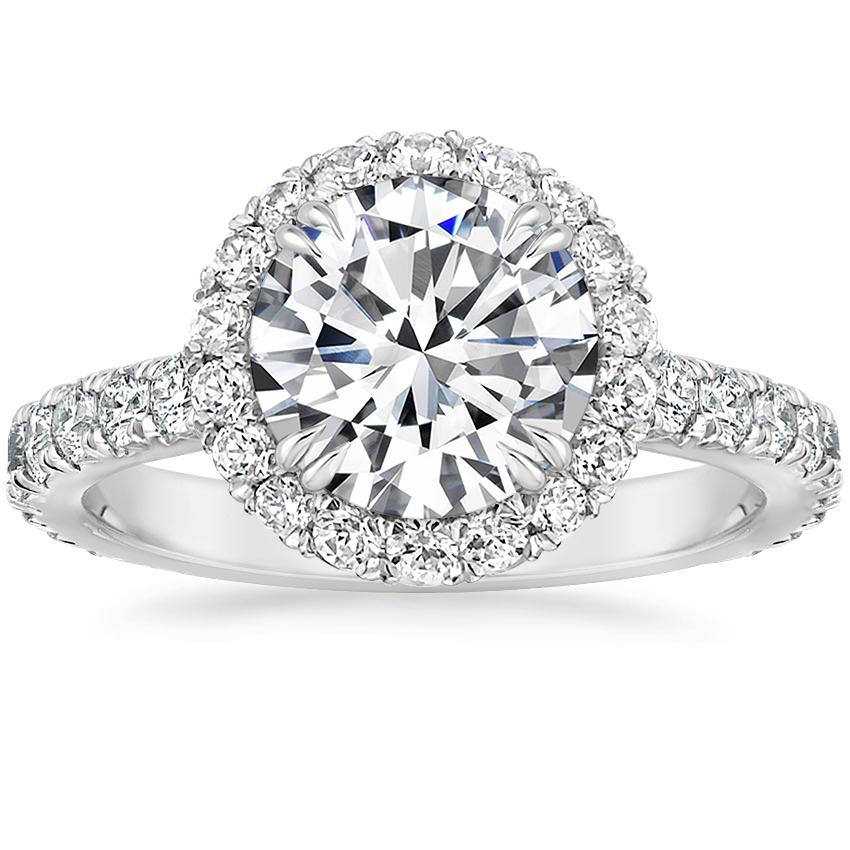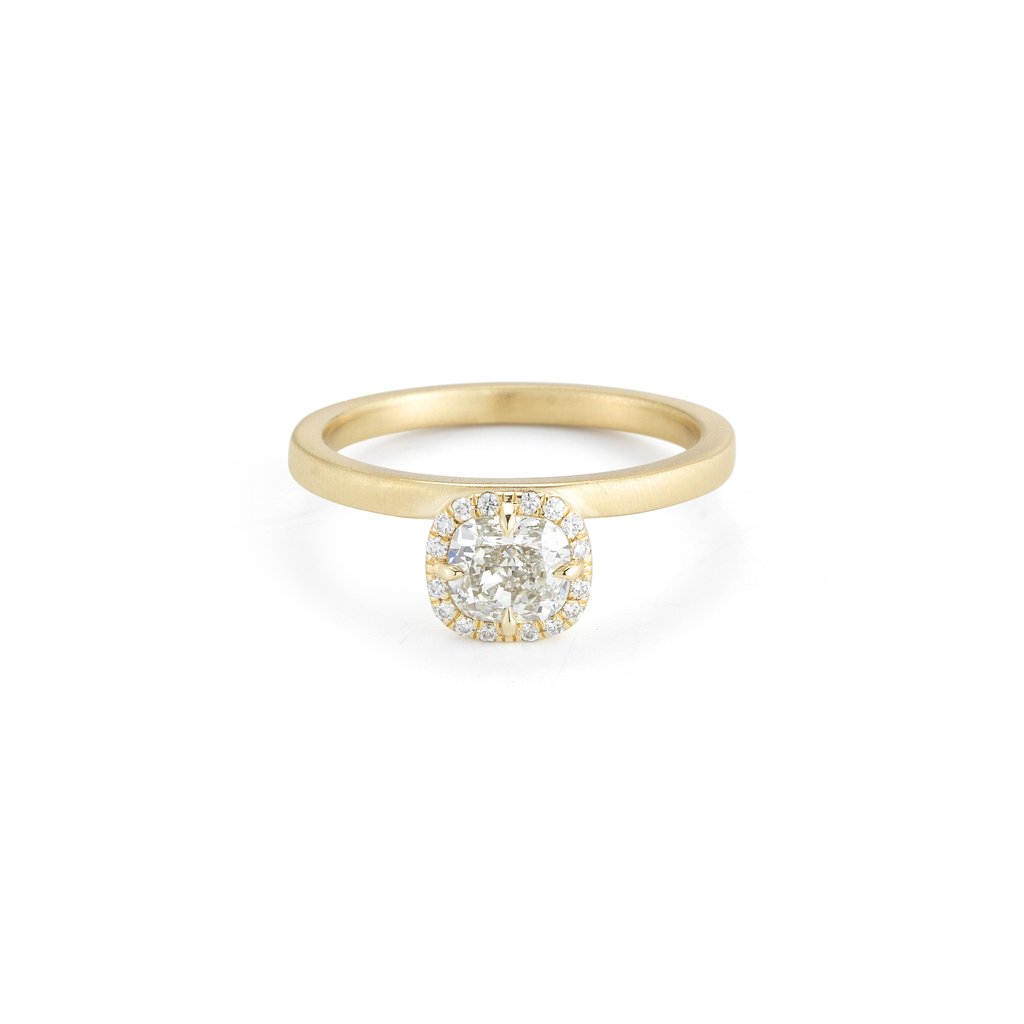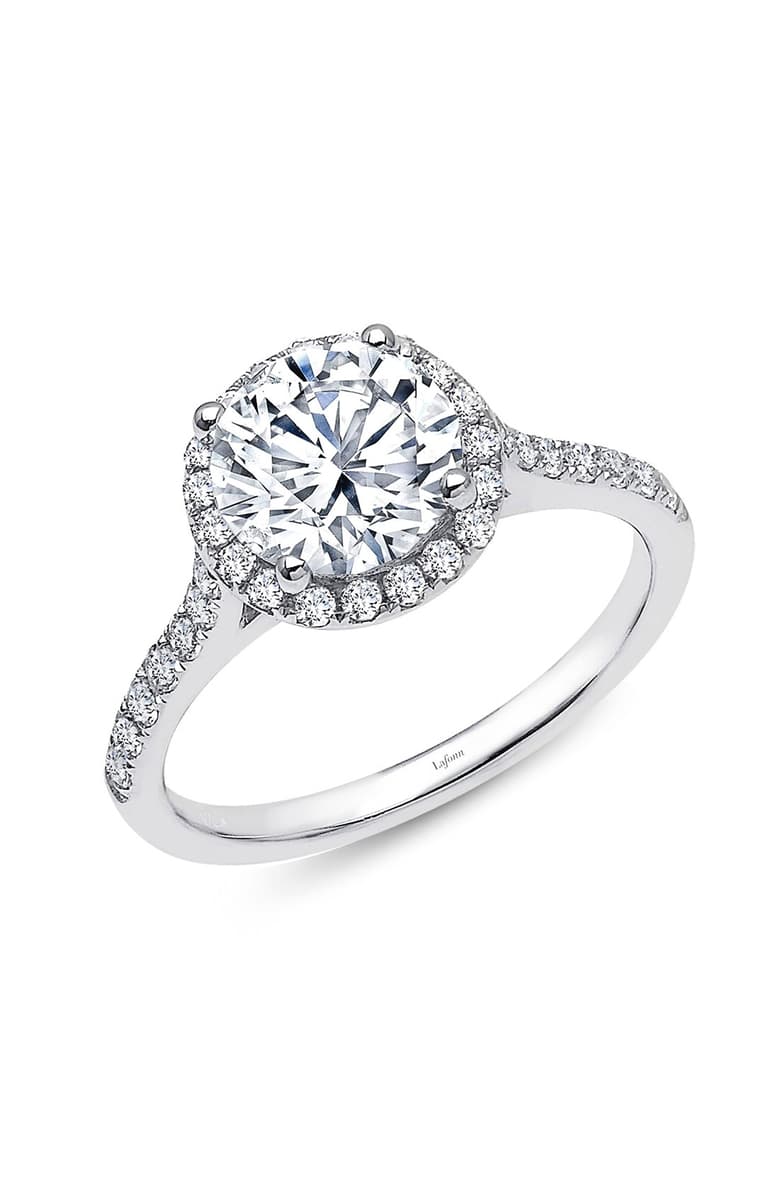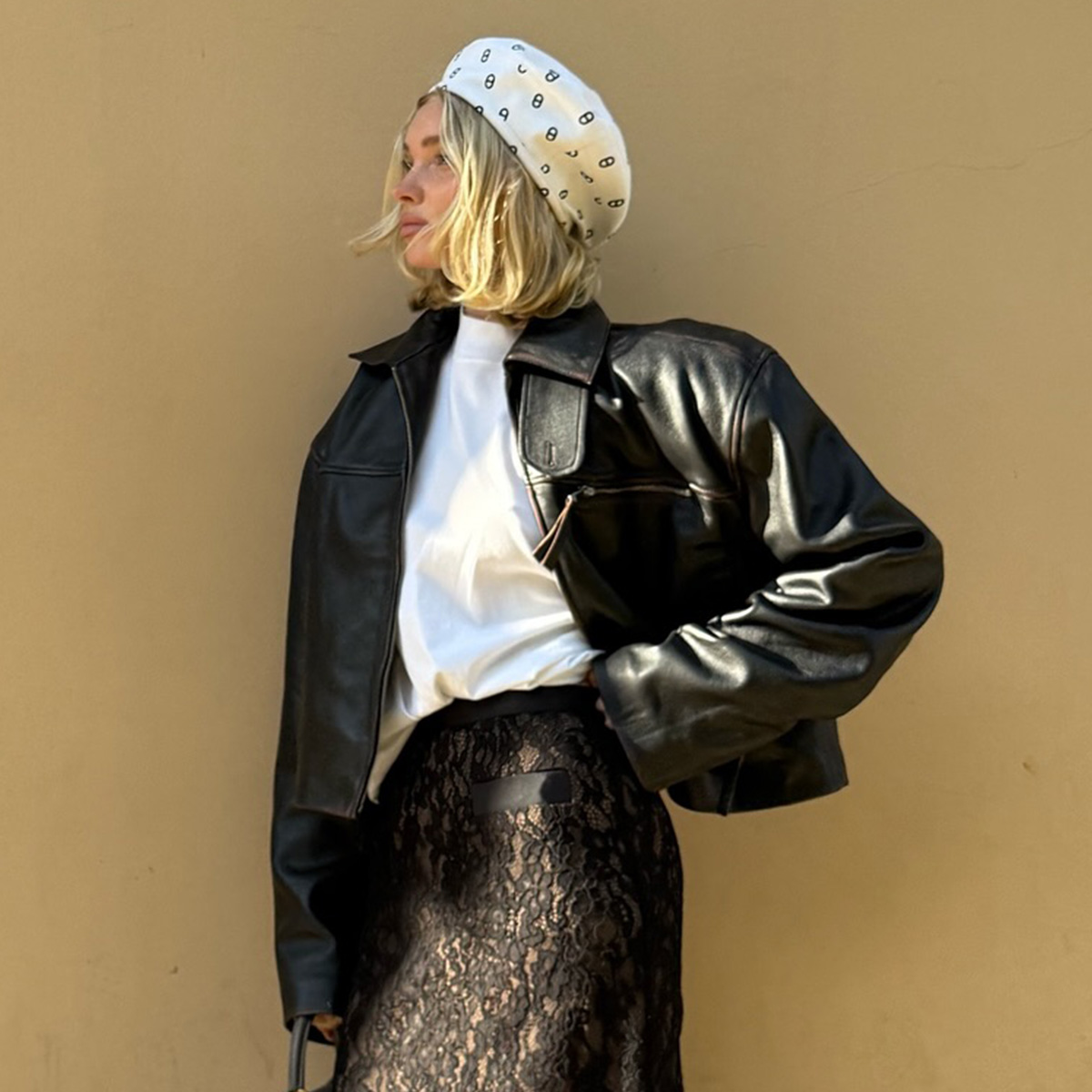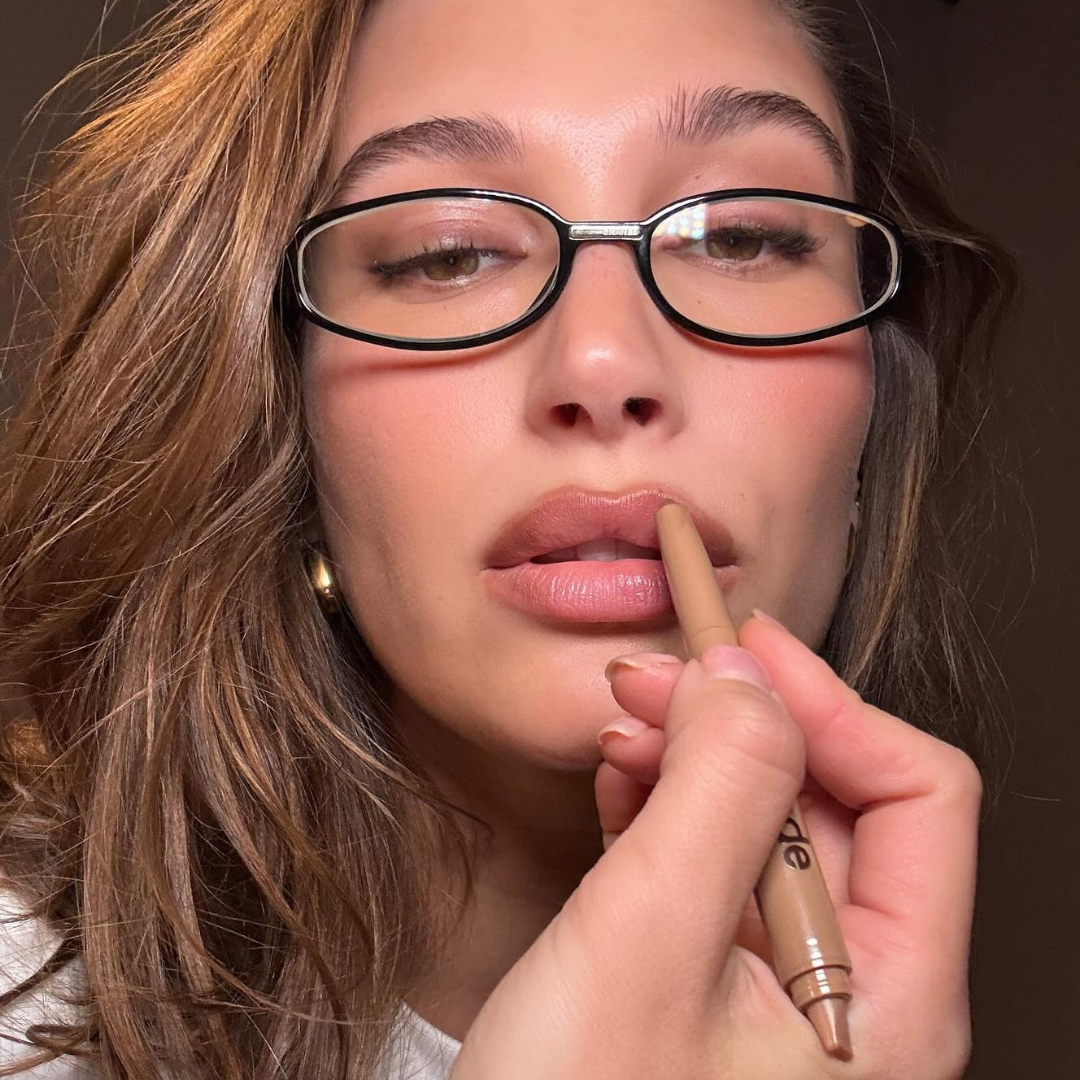Your Definitive Guide to the Most Popular Engagement Ring Settings

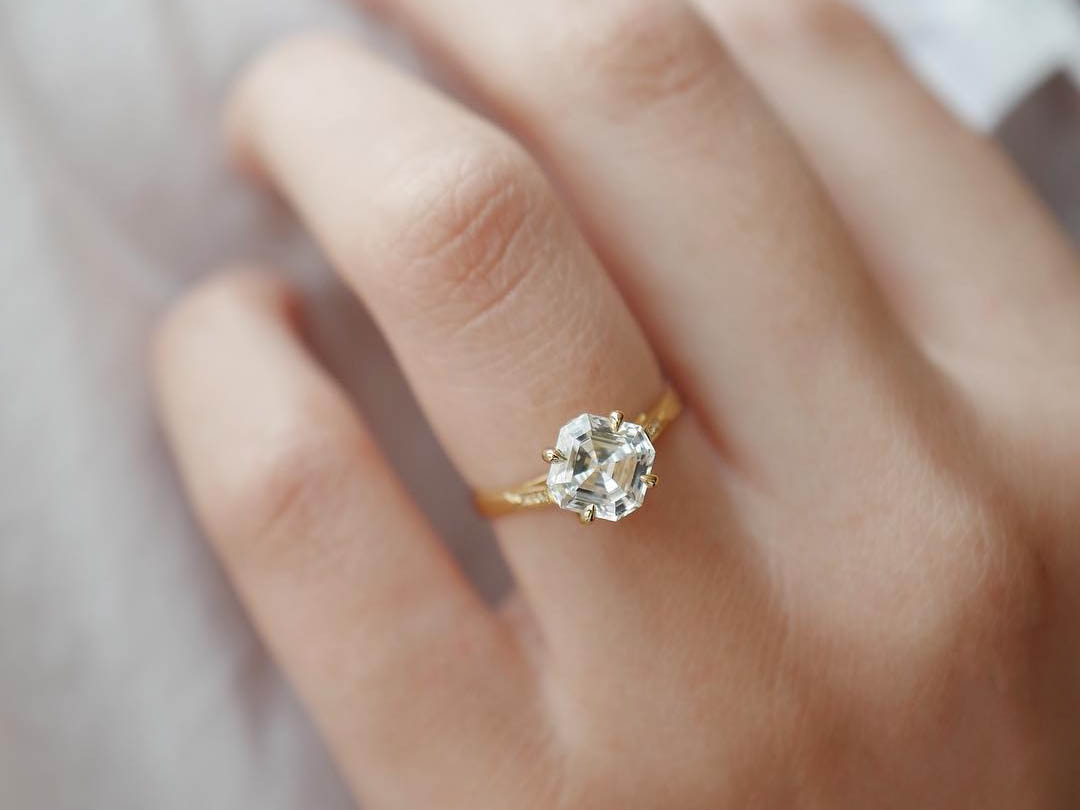
Let's be honest—we've probably all found ourselves, at one point or another, browsing the engagement ring section of our favorite jeweler, searching for the dream ring we'd love to have perked on that finger when The One comes along. Browsing and admiring from afar is one thing, but when the actual time comes for you to pick a forever bauble (or give hints to your partner as to what style you want), stress ensues. With so many things to consider, from the metal color (i.e., rose gold, yellow gold, silver, the list goes on) to the diamond cut, it all gets much more complex when you take a deep dive into engagement ring shopping.
One thing to help you narrow down your picks? By really evaluating the pros and cons of different styles and whether they suit your needs, lifestyle, and personal taste. Since we've already covered the pros and cons of every type of engagement ring cut, we thought we'd continue the series with an in-depth guide on the most popular engagement rings settings.
Now, we may be shopping experts, but the intricacies of engagement rings are well outside of our breadth of knowledge. That's why we decided to tap some experts from the field to get their two cents on different types of ring settings.
Ashley Zhang talked to us about three-stone and vintage settings; Brittany Bozmoski, the CMO & Creative Director of Forever Companies, shared the pros and cons of solitaire and bezel settings; Teresa Panico, a bridal specialist at Material Good, informed us about the ins and outs of the split-shank and pavé set rings; and last but certainly not least, designer Jade Trau offered up her two cents on the halo setting.
Ashley Zhang
Three-Stone Setting
Pro: Full finger coverage
"A three-stone engagement ring is a classic design that stands out from a solitaire style. One of the greatest benefits to a three-stone engagement ring is that it has full finger coverage, meaning the diamonds lay across the finger and very little of the band is visible, all you see is diamond." —Zhang
Con: Cost
"A three-stone engagement ring can cost quite a bit more than a solitaire. Adding two additional diamonds that are larger can take away from the budget you can put toward the center diamond." —Zhang
Vintage Setting
Pro: Uniqueness
"One of the biggest reasons vintage engagement ring settings are highly sought after is that they are totally unique and one of a kind. Many of these settings cannot be replicated in the exact same way. So there is a romantic feeling of picking out a vintage ring that you know not only has a history but will only be for you." —Zhang
Con: Delicate
"Vintage engagement rings can be a little more delicate because of their age depending on the setting. Anything with a silver or foil back setting is not recommended for everyday wear as they can be very fragile. Typically, rings in platinum or gold are very safe, as long as you have a jeweler check the prongs and diamond settings to make sure nothing is loose." –Zhang
Brittany Bozmoski, CMO & Creative Director of Forever Companies
Solitaire Setting
Pro: Easy to maintain and clean
"The perfect (safe) choice for a purchaser who only knows the stone shape desires of their partner. It’s a much bigger risk to add flourishes or additional design elements if all you know is that your partner wants a pear-shaped stone. This simple setting is versatile and can be paired with a number of wedding band styles with ease. It is also easy to bring back to its original glory after everyday wear and tear." —Bozmoski
Con: More prone to damage, can easily snag
"While the classic style of a solitaire is a foolproof choice, not everyone loves such a basic design. Again, it is the 'safe' choice. The center stone is the main allure as there are no accents to enhance luster. This might put more pressure on the size and quality of the center stone. A poor choice for people who are rough with their hands. The most common solitaire is a four-prong peghead which leaves the stone fairly exposed. Prongs can catch, the peg head can get caught and bend, and the stone itself can chip." —Bozmoski
Bezel Setting
Pro: Extremely durable
"Bezel rings are extremely durable because the additional metal keeps stones protected from potential damage. Since sparkle comes through the top of the stone, the extra metal does not affect how a stone returns light, which is a common misnomer. This means a stone held in a bezel setting will look just as brilliant as a stone held in any other setting." —Bozmoski
Con: Easily show imperfections, polarizing style people either love or hate
"Bezel rings are notoriously done poorly. They pose a challenge to set and requires a master craftsman to do it well. The slightest variation in the stone, such as the cut grade, can cause an asymmetrical appearance and may not be level. It’s important to purchase a bezel ring from a trusted jeweler who will take their time perfecting these small but important details." —Bozmoski
Teresa Panico, Material Good bridal specialist
Split Shank Setting
Pro: Unique and eye-catching
"The split shank is such a versatile style of setting in that it creates a unique and eye-catching twist, while still being classic and not too 'out there and over the top.' When looking down at the ring from the top, the two pavé or plain metal shanks on each side of the center diamond lead your eye to the center diamond, essentially drawing attention directly to it. For the client who favors a little more metal or a little extra sparkle from pavé diamonds, this is a great option that offers the perfect balance of symmetry and character." —Panico
Con: Take up more room on the finger
"A split shank setting consists of more metal and wider overall width, meaning that the ring will take up more room on your finger and definitely makes more of a statement, so it is important to be mindful of that when considering this option. We try and counter the extra metal and width by creating a split shank that is as delicate and minimal as possible. Our split shank styles are typically done using 1.4mm shanks, which is super thin, and they converge into a perfect single slim band." —Panico
Blue Nile
Pavé Setting
Pro: Highlights center stone for more brilliance
"Diamond pavé settings are one of our most requested styles, adding the perfect amount of accent sparkle without overwhelming the center diamond. Micro pavé diamonds on the band or the basket simply highlight the center stone and draws attention to the overall brilliance of the diamond. This keeps the center diamond the main focus, which is the most important end goal to us. All of our pave settings are handcrafted, and therefore are very delicate." —Panico
Con: Possibility of losing stones
"With a more detailed and delicate setting like pavé, you always run the risk of losing some stones along the way—it’s just the nature of the beast when it comes to micro pavé settings. This is especially the case if you are hard on your jewelry or never take your ring off, but even if you are extremely careful, you can lose a stone from time to time. Thankfully, this is always a very easy fix! Additionally, when we set pavé in the bands of our rings, we set the stones three-quarters of the way around the band and leave a portion of plain metal at the bottom of the ring. We do this for two reasons: to avoid knocking any stones out of the most vulnerable area of the ring, since the bottom of the ring takes the most wear and tear, and also to always have the option for a resize at any time!" —Panico
Jade Trau
Halo Setting
Pro: Acts as a beautiful accent, can enhance sparkle
"I think there is a misconception that a halo's purpose is to make the diamond look bigger. But the truth is that a halo is a beautiful accent that is another design component to use when designing a ring and can make the diamond look bigger, but as a designer, [that's] far from the purpose of using them." —Trau
Con: Doesn't work for all diamonds
"Halos work for certain diamonds but not all of them. Like I say a lot, I design around the diamond, so if, for example, the diamond is not as symmetrical as it should be, a halo can accentuate that negatively. " —Trau
Next up, the pros and cons of every type of engagement ring cut.

-
 Jamie Mizrahi's World: The Celeb Stylist's Favorite Red Carpet Look, Most Worth-It Shoe, and Album She Listens to on Repeat
Jamie Mizrahi's World: The Celeb Stylist's Favorite Red Carpet Look, Most Worth-It Shoe, and Album She Listens to on RepeatA modern-day style expert.
By Allyson Payer
-
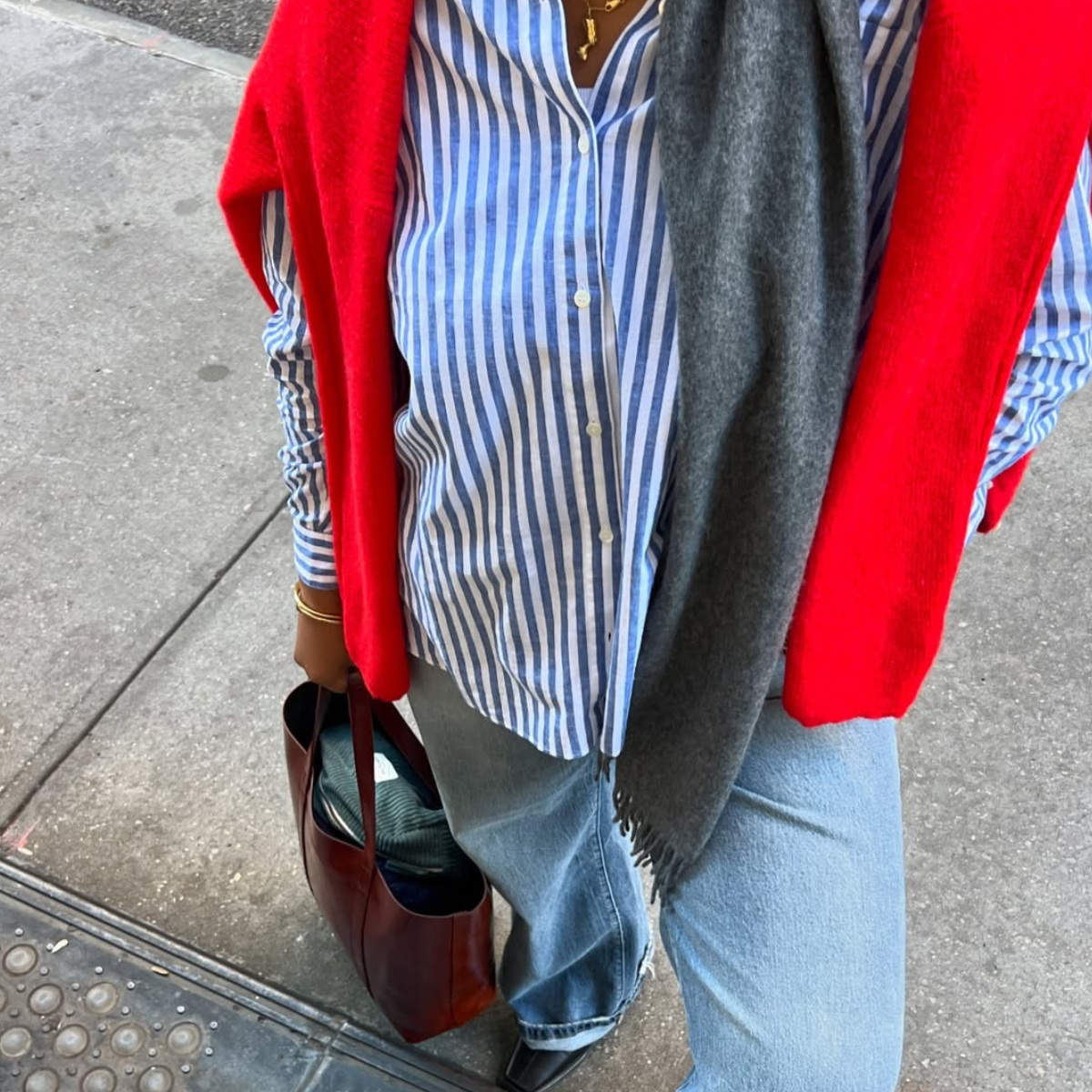 How Everyone Will Be Wearing Their Non–Skinny Jeans This Spring
How Everyone Will Be Wearing Their Non–Skinny Jeans This SpringHere's your outfit inspiration.
By Michelle Scanga
-
 Suddenly, Women With The Row Style Are Breaking This Fashion Rule
Suddenly, Women With The Row Style Are Breaking This Fashion RuleYou should too.
By Nikki Chwatt
-
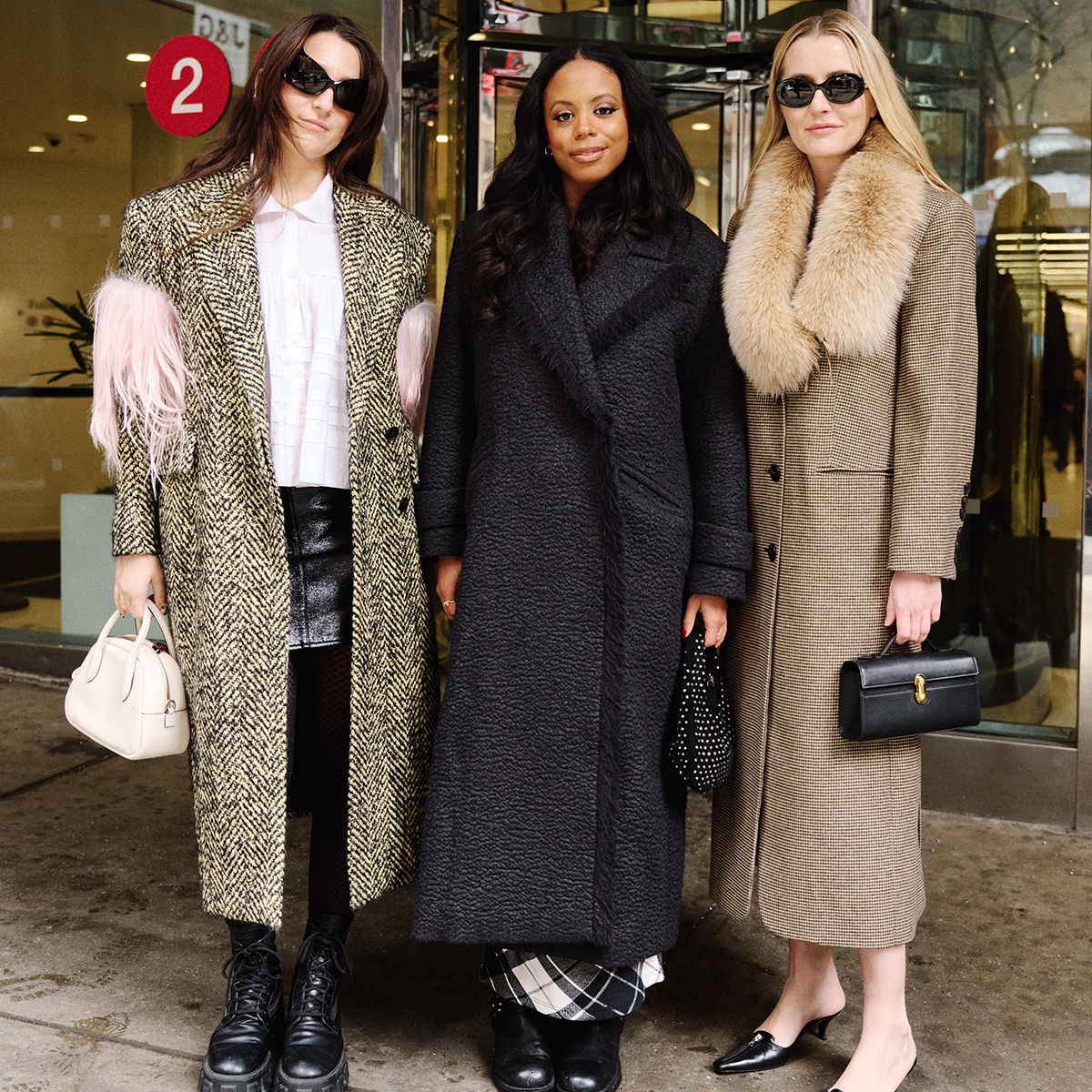 We're Fashion Editors—Everything We Saw, Wore, Did, and Ate During NYFW
We're Fashion Editors—Everything We Saw, Wore, Did, and Ate During NYFWLet's dive in.
By Anna LaPlaca
-
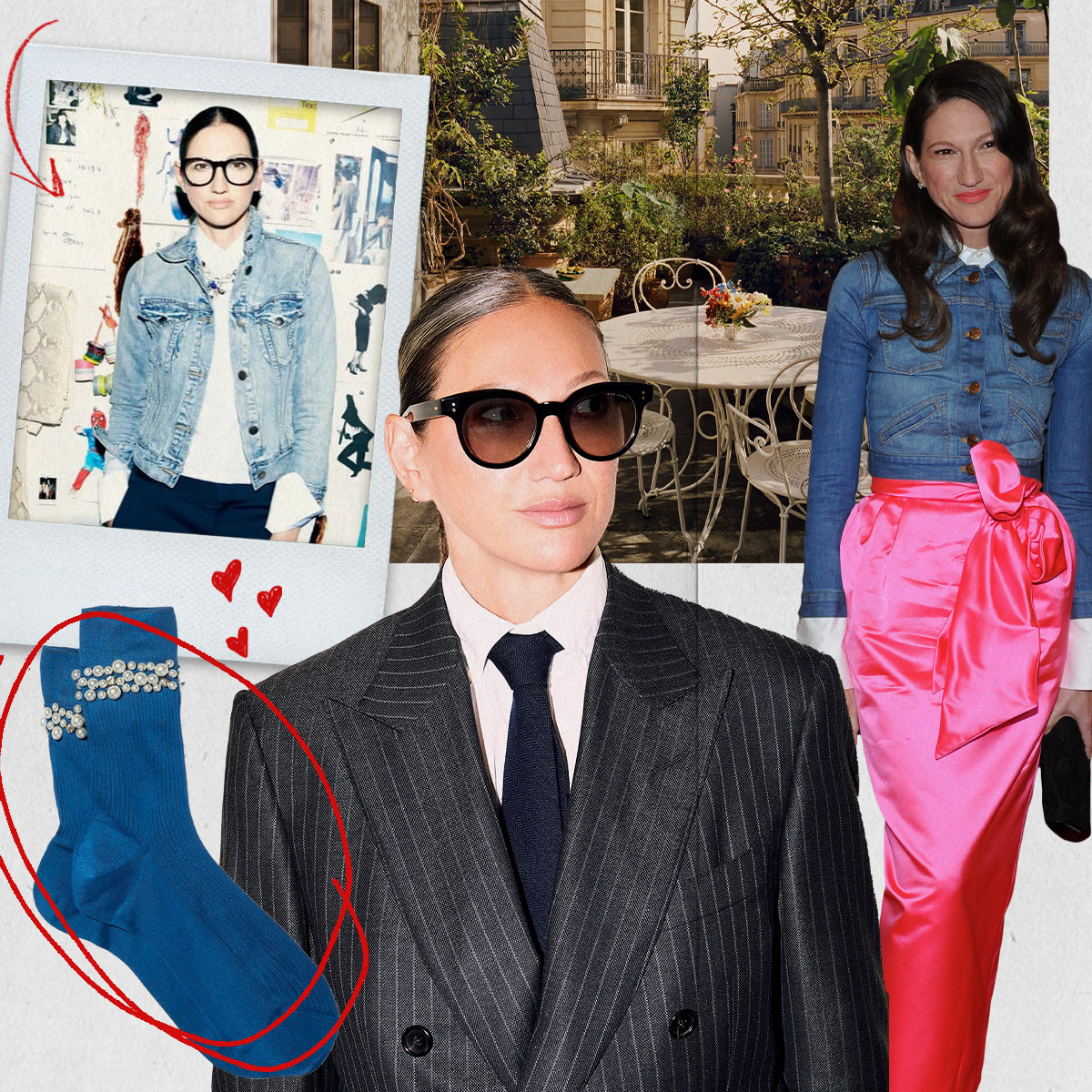 Jenna Lyons's World: Her Go-To Red Lipstick, Her Latest Eyewear Collab, and the J.Crew Pieces She Still Wears Today
Jenna Lyons's World: Her Go-To Red Lipstick, Her Latest Eyewear Collab, and the J.Crew Pieces She Still Wears TodayA true fashion icon.
By Judith Jones
-
 Not Into Trends? Renée Zellweger's Winter Outfit Combo Is 100% Classic
Not Into Trends? Renée Zellweger's Winter Outfit Combo Is 100% ClassicJust as you are.
By Drew Elovitz
-
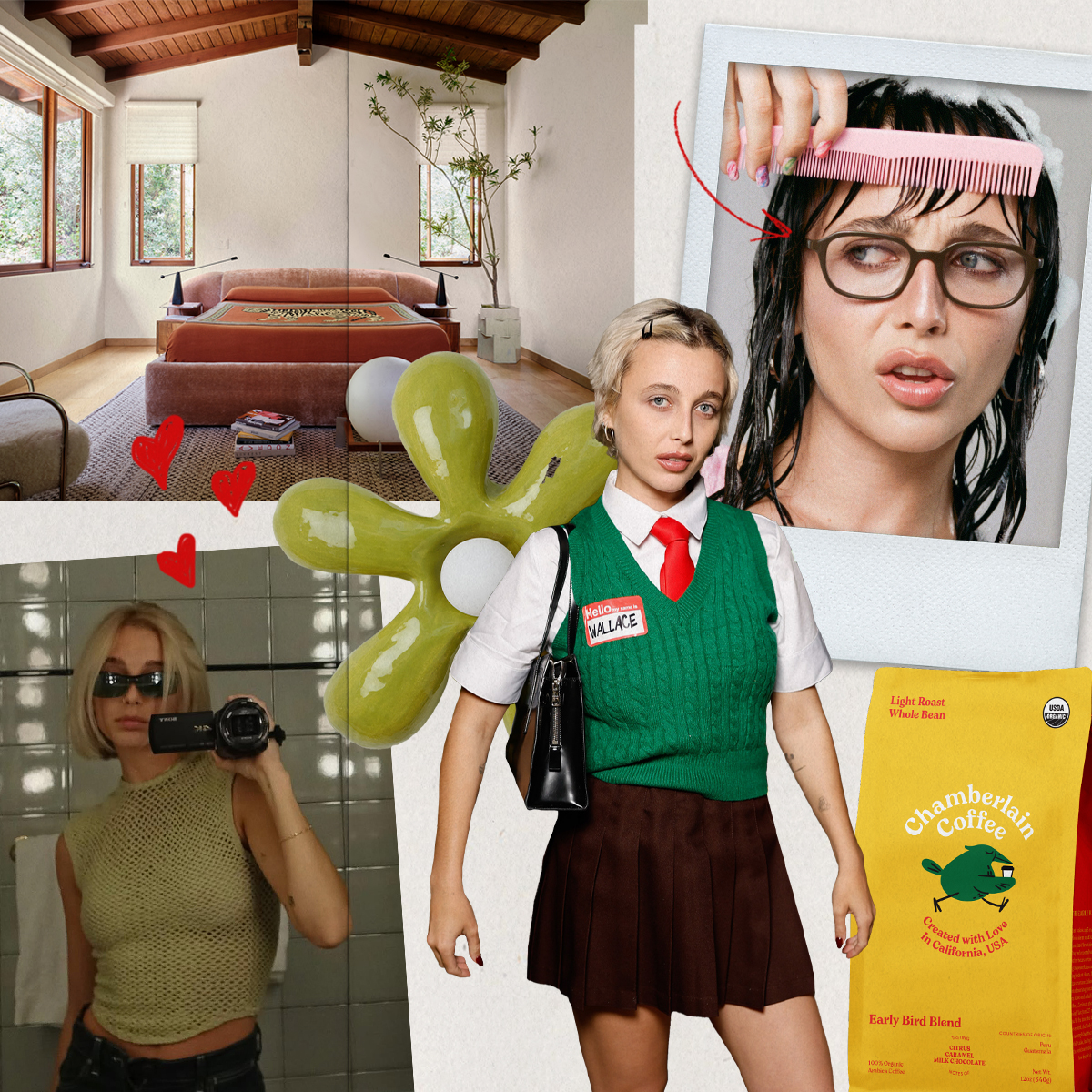 Emma Chamberlain's World: Her Warby Parker Collab, Two-Phone Rule, and Spiciest Fashion Takes
Emma Chamberlain's World: Her Warby Parker Collab, Two-Phone Rule, and Spiciest Fashion Takes"I just want to bring the most joy to people."
By Anna LaPlaca
-
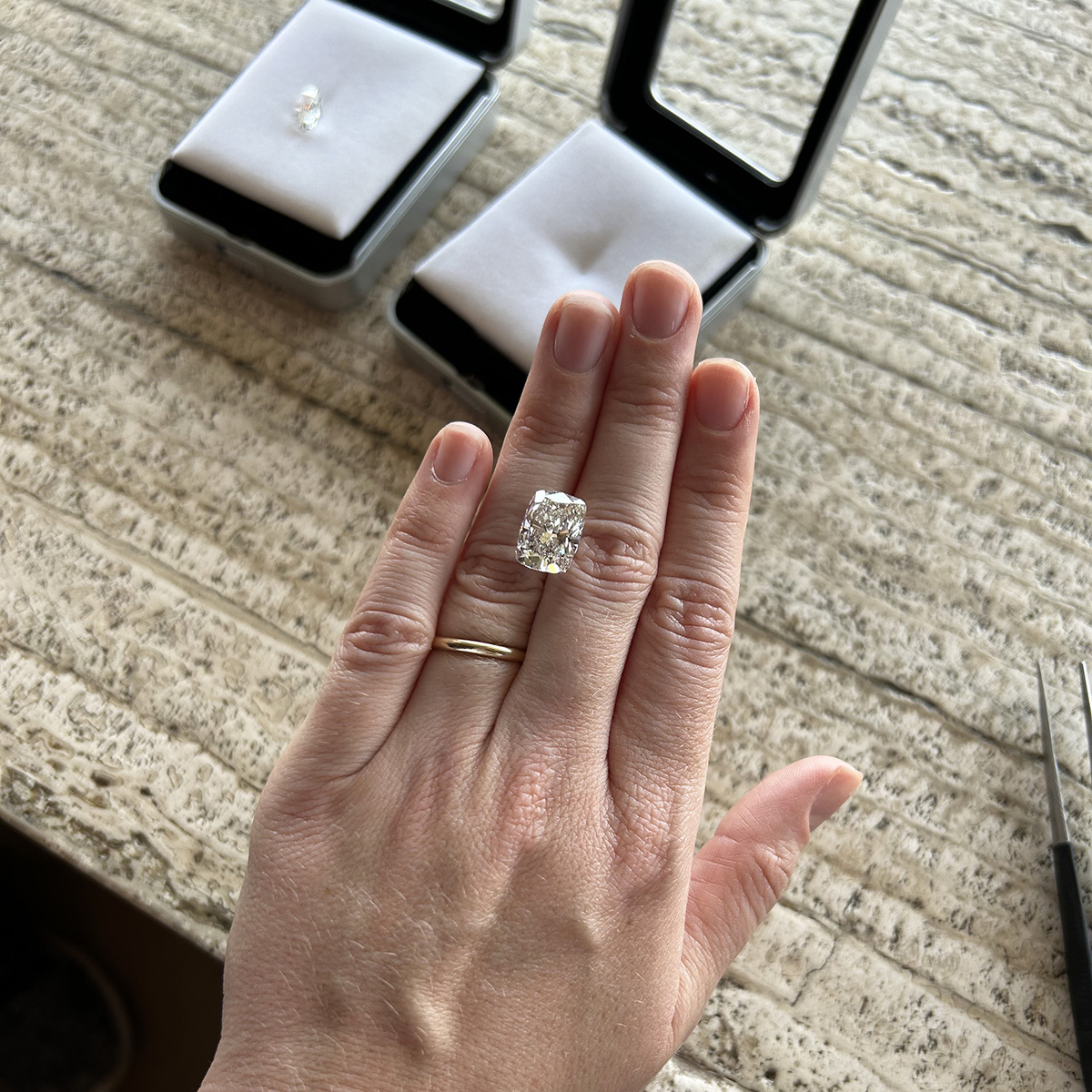 Customizing an Engagement Ring Is Now Easier Than Ever Thanks to This Heritage Jeweler
Customizing an Engagement Ring Is Now Easier Than Ever Thanks to This Heritage JewelerBen Bridge's Bella Ponte collection is changing the game.
By Lauren Eggertsen

